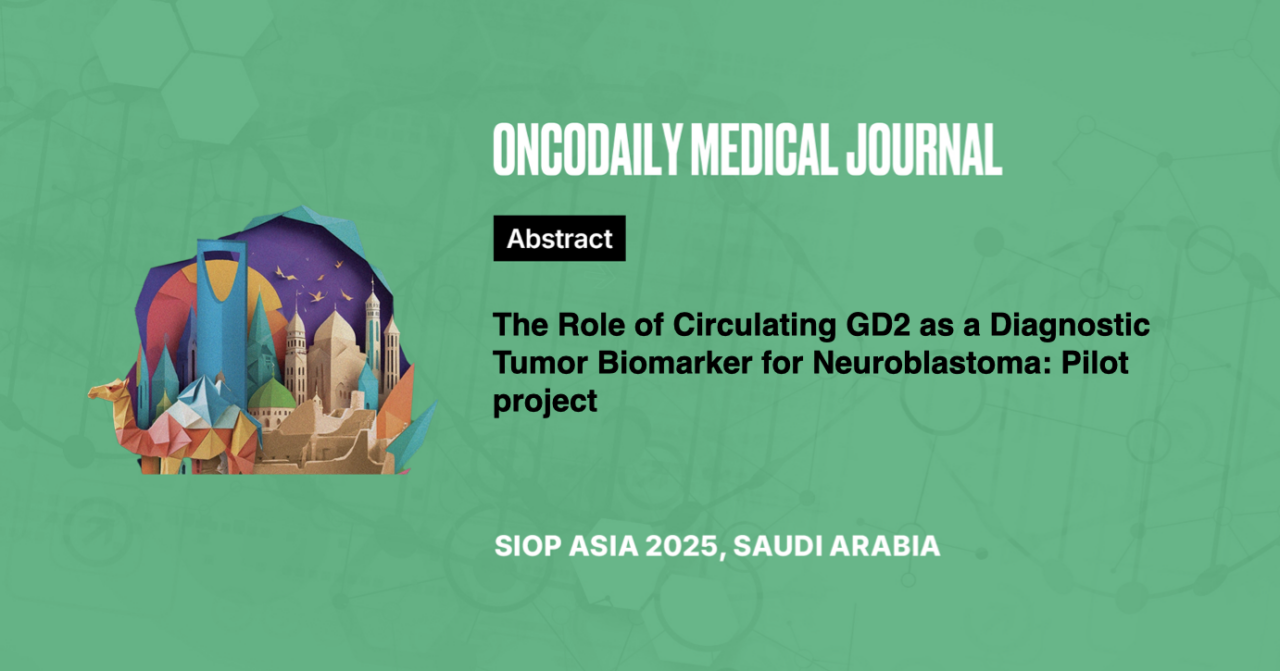The Role of Circulating GD2 as a Diagnostic Tumor Biomarker for Neuroblastoma: Pilot Project
Abstract
Introduction: Disialoganglioside GD2 is expressed in the plasma membrane of neuroblastoma (NB) and is shed into the circulation. The aim was identifying the circulating GD2 in serum and evaluation of its role as a diagnostic biomarker for patients with NB.
Methodology: Children with histologically confirmed neuroblastoma and available preoperative blood samples were included. The circulating GD2 (C18 lipoform) concentration was measured with a high-pressure liquid chromatography/tandem mass spectrometry (HPLC-MS/MS) method. Correlation of GD2 levels with clinical (tumor volume, stages), laboratory (NSE, LDH, HVA, VMA) and MIBG scintigraphy parameters (metabolic tumor volume, MTV), (total lesion glycolysis, TLG), (maximal standardized uptake value, SUVmax) were estimated.
Results: Twenty-five patients with NB (24 in the low-risk group) were recruited for the pilot prospective study. Preoperative GD2 levels were found to be positively correlated with NSE (p=0.017), HVA (p=0.002), VMA (p=0.003), MTV (p=0.002), TLG (p=0.001), and SUVmax (p=0.031). It was found that in the group of patients with preoperative GD2 ≥ 47 nM (median level) there were fewer patients with stage 1 INSS and L1 INRGSS (p=0.001), higher levels of LDH (p=0.026) and NSE (p<0.001), higher total tumor volume (p=0.01), as well as higher SUVmax (p=0.026), higher MTV calculated by both segmentation methods (p < 0.001 for 41% cutoff from the maximum 123I MIBG accumulation and p=0.005 for the background threshold method, respectively), and a higher TLG level (p=0.002).
Conclusion: Circulating GD2 appears to be a specific and sensitive diagnostic biomarker for NB. GD2 will be measured prospectively and longitudinally in children with NB to assess its ability to measure response to treatment and predict survival.





